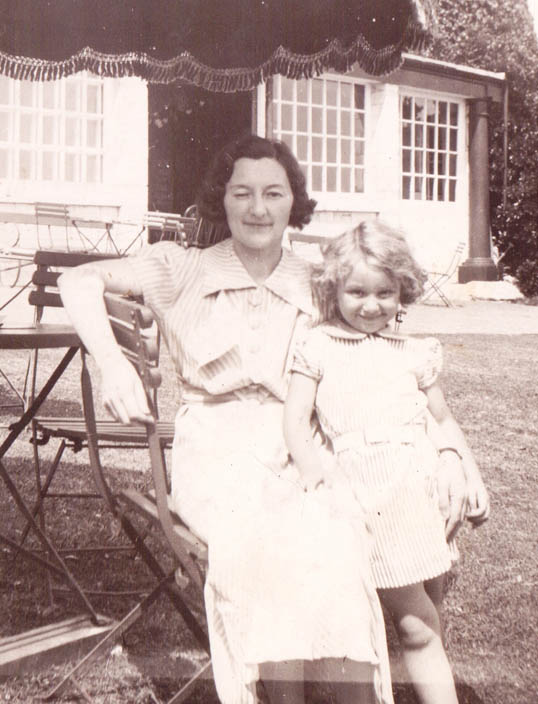
A Biography of Dame Beryl Bainbridge
Dame Beryl Bainbridge is regarded as one of the greatest and most prolific British novelists of her generation. Consistently praised by critics, she was shortlisted for the Man Booker Prize five times, won the James Tait Black Memorial Prize and the W. H. Smith Literary Award, and twice won the Whitbread Award for Novel of the Year.
Bainbridge was born in Liverpool in 1932 to Richard Bainbridge and Winifred, née Baines. Her father acquired a respectable income as a salesman but went bankrupt as a result of the 1929 stock market crash. Later in life, she reflected on her turbulent childhood through her writing as a cathartic release. She often said she wrote to make sense of her own childhood.
Despite financial pressures, the Bainbridges sent their children to fee-paying schools. Beryl attended the Merchant Taylors’ girls’ school, and had lessons in German, elocution, music, and tap-dancing. At the age of fourteen, she was expelled, cited as a “corrupting moral influence” after her mother found a dirty limerick among her school things. She then attended the Cone-Ripman School at Tring, Hertfordshire, but left at age sixteen, never earning any formal educational degrees.
She went on to work as an assistant stage manager at the Playhouse Theatre in Liverpool, which would become the basis for one of her Booker-nominated novels, An Awfully Big Adventure, a disturbing story about a teenage girl working on a production of Peter Pan. She successfully worked as an actress both before and after her time at the playhouse. As a child, she acted in BBC Radio’s Children’s Hour, and before the birth of her first child, she appeared on the soap opera Coronation Street on Granada Television.
While at the playhouse, Bainbridge met Austin Davies, an artist and set painter. They married in 1954 and had two children together, Aaron and Jojo. They divorced in 1959, and she then moved to London. There, she began a relationship with the writer Alan Sharp, with whom she had a daughter, Rudi. Sharp left Bainbridge at the time of Rudi’s birth.
In 1957, she submitted her novel, Harriet Said, then titled The Summer of the Tsar, to several publishers. They all rejected the manuscript, citing its controversial content—the story of two cruel and murderous teenage girls. She then published two other novels, A Weekend with Claude and Another Part of the Wood. Her real success, however, came when she befriended Anna Haycraft, an editor, writer, and the wife of Colin Haycraft, owner of the Gerald Duckworth publishing house. This friendship marked a major turning point in her writing career. Anna loved Harriet Said, and Gerald Duckworth published it in 1972 to critical acclaim, establishing Bainbridge as a fresh voice on the British literary scene.
After the success of Harriet Said, the Haycrafts put Bainbridge on retainer and found her a clerical job within the company. During her time working for the Haycrafts, Bainbridge wrote several novels, all positively received by critics, some of which were adapted into films—An Awfully Big Adventure, Sweet William, and The Dressmaker.
Bainbridge’s earlier novels were often influenced by her past. The characters from The Dressmaker were based on her aunts, and A Quiet Life drew from her relationship as teenager with a German prisoner of war. Her 1974 novel, The Bottle Factory Outing, was inspired by her real experience working part-time in a bottle-labeling factory.
In 1978, Bainbridge felt she had exhausted her own life as a source of material and turned to history for inspiration, beginning a new era in her career. She discovered a diary entry of Adolf Hitler’s sister-in-law and based her first historical novel, Young Adolf, on Hitler’s supposed vacation to Great Britain. She wrote other books in this genre—Watson’s Apology, Every Man for Himself, The Birthday Boys, Master Georgie, and According to Queeney. At the time of her death, she was writing The Girl in the Polka Dot Dress, about a young woman visiting the United States during Bobby Kennedy’s assassination, which was published posthumously.
In addition to her work as a novelist, Bainbridge was also a journalist, frequently contributing to the Evening Standard, and she was the regular theater critic at the Oldie.
Over the course of her career, Bainbridge became a literary celebrity, and was named a Dame of the British Empire in 2000. She remained in the same home on Albert Street in Camden until her death in 2010.

Beryl Bainbridge with her mother Winifred in Formby, Liverpool, circa 1938.
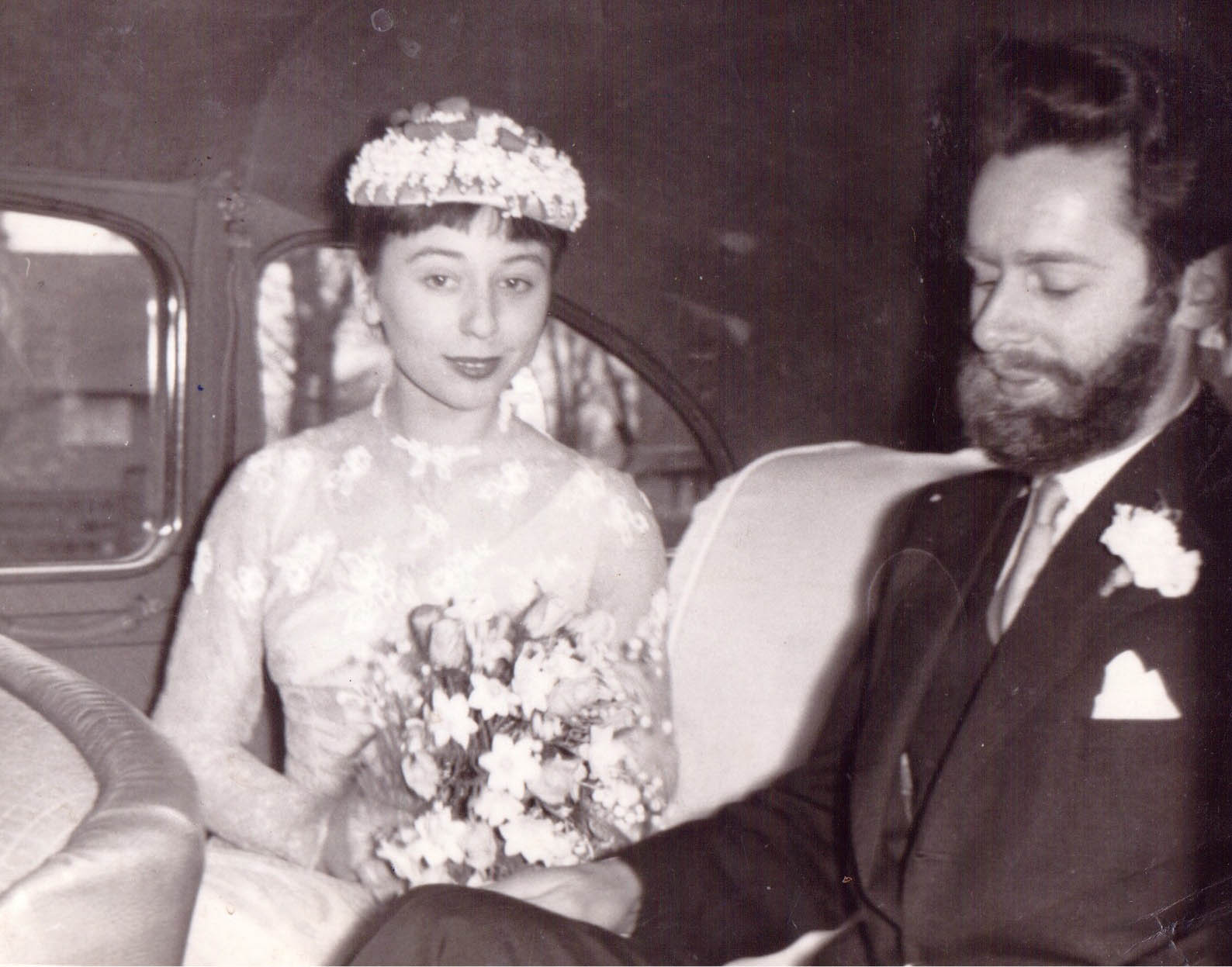
Bainbridge with her husband at the time, Austin Davies, on their wedding day in Liverpool, England, 1954.
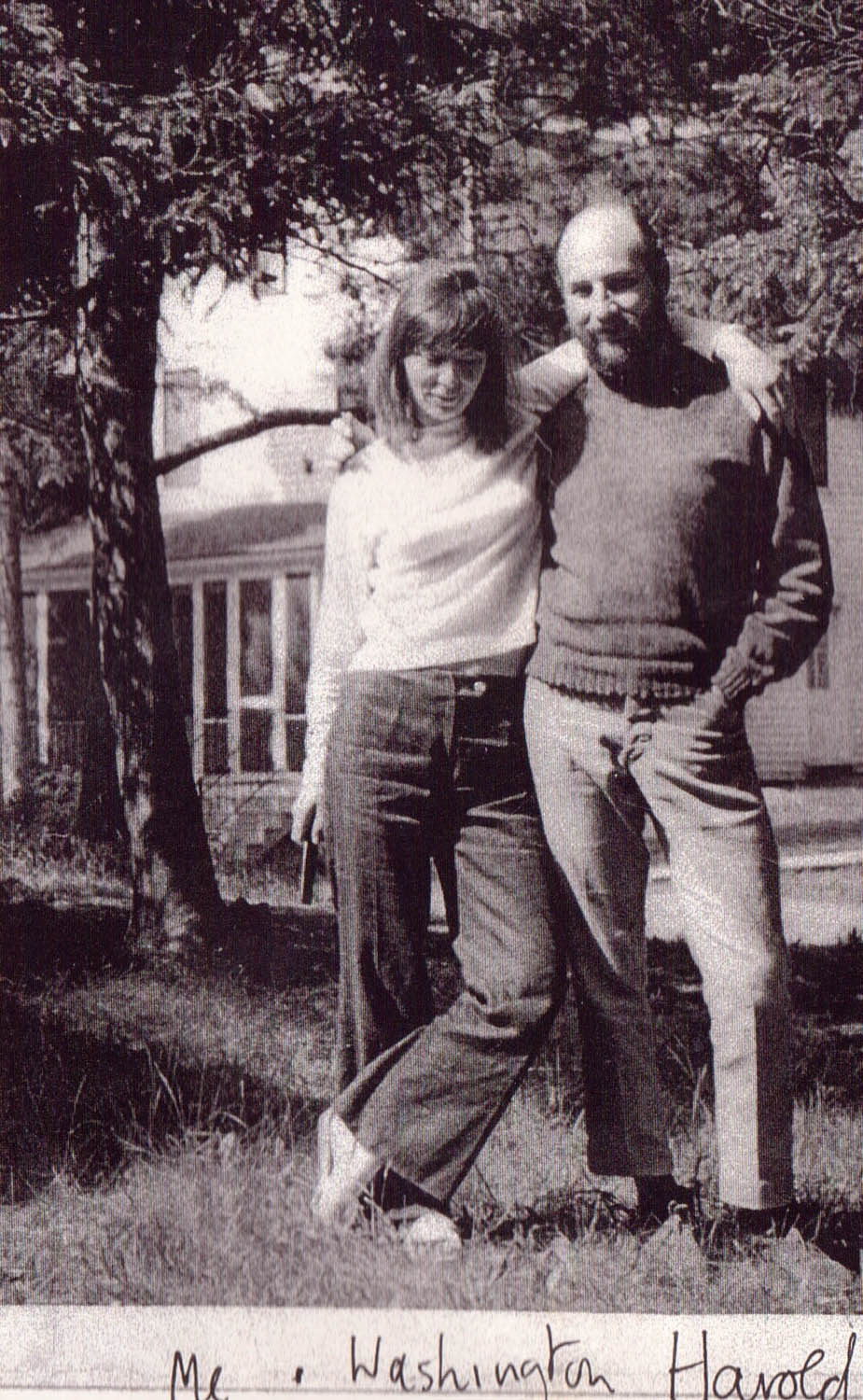
Bainbridge with her friend Washington Harold in California, 1962.
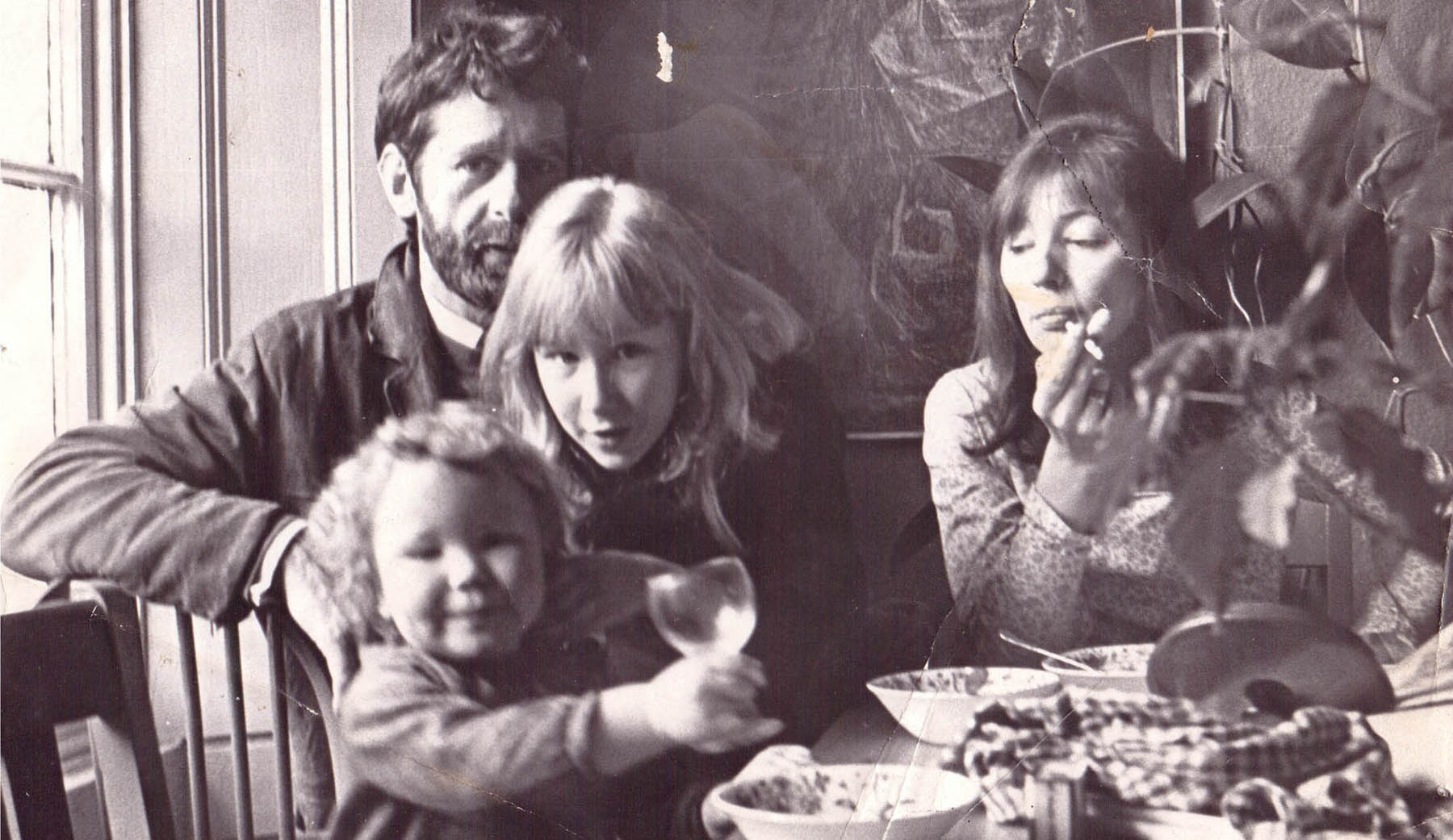
Bainbridge at her home in Albert Street with Davies and their two daughters, Jojo and Rudi in 1969.
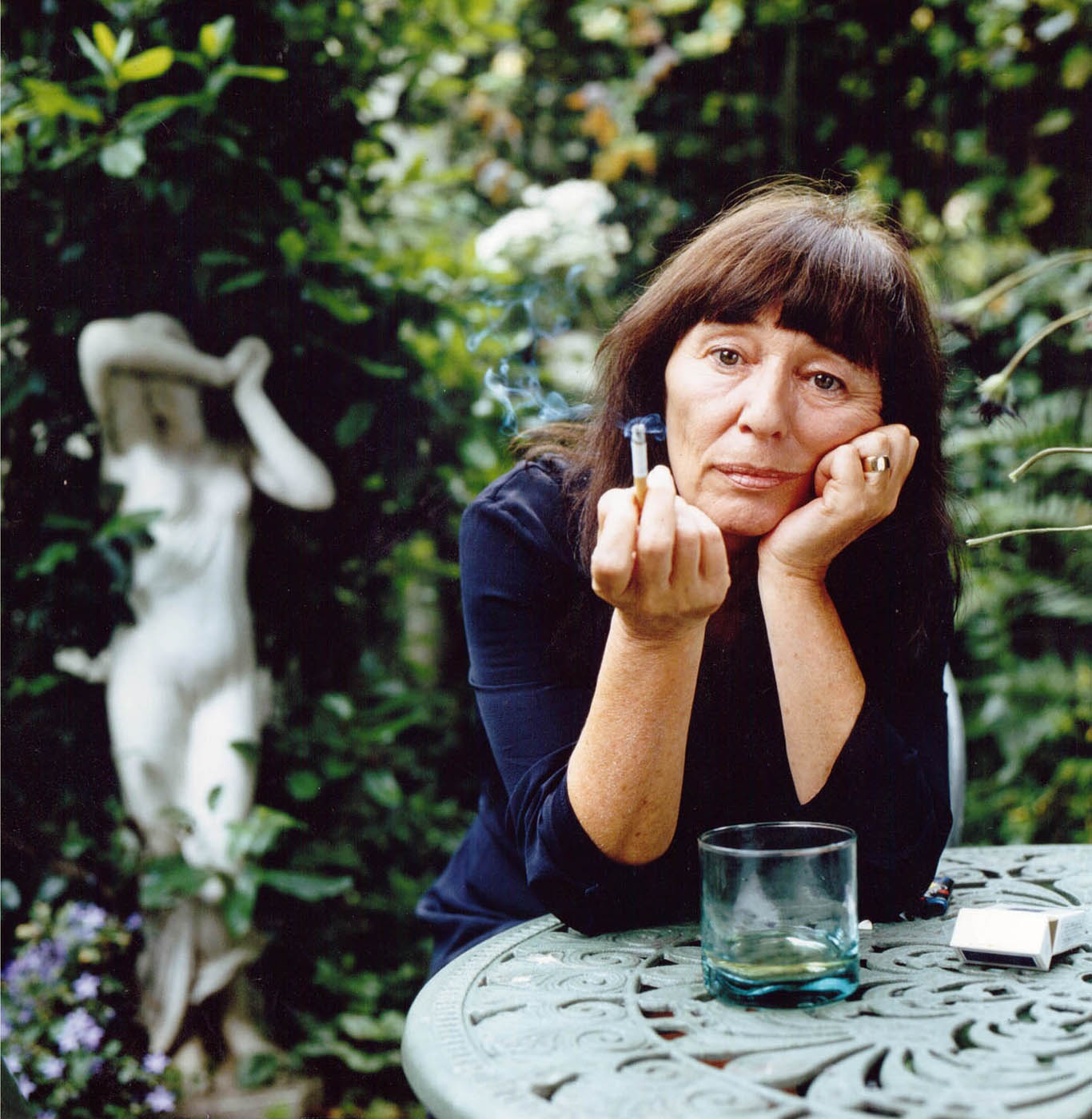
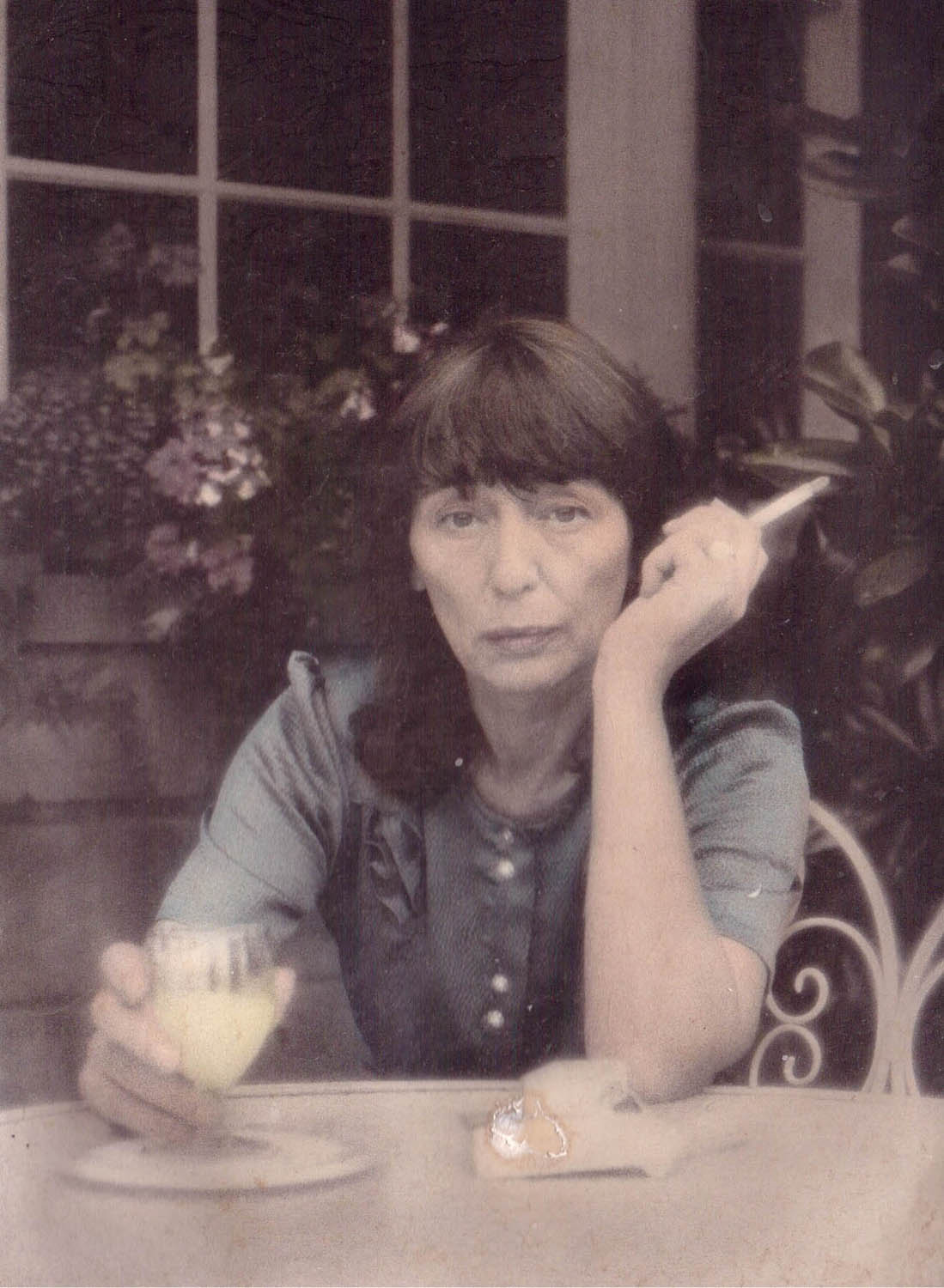
Bainbridge in the back garden of her home in Camden Town in the 1980s.
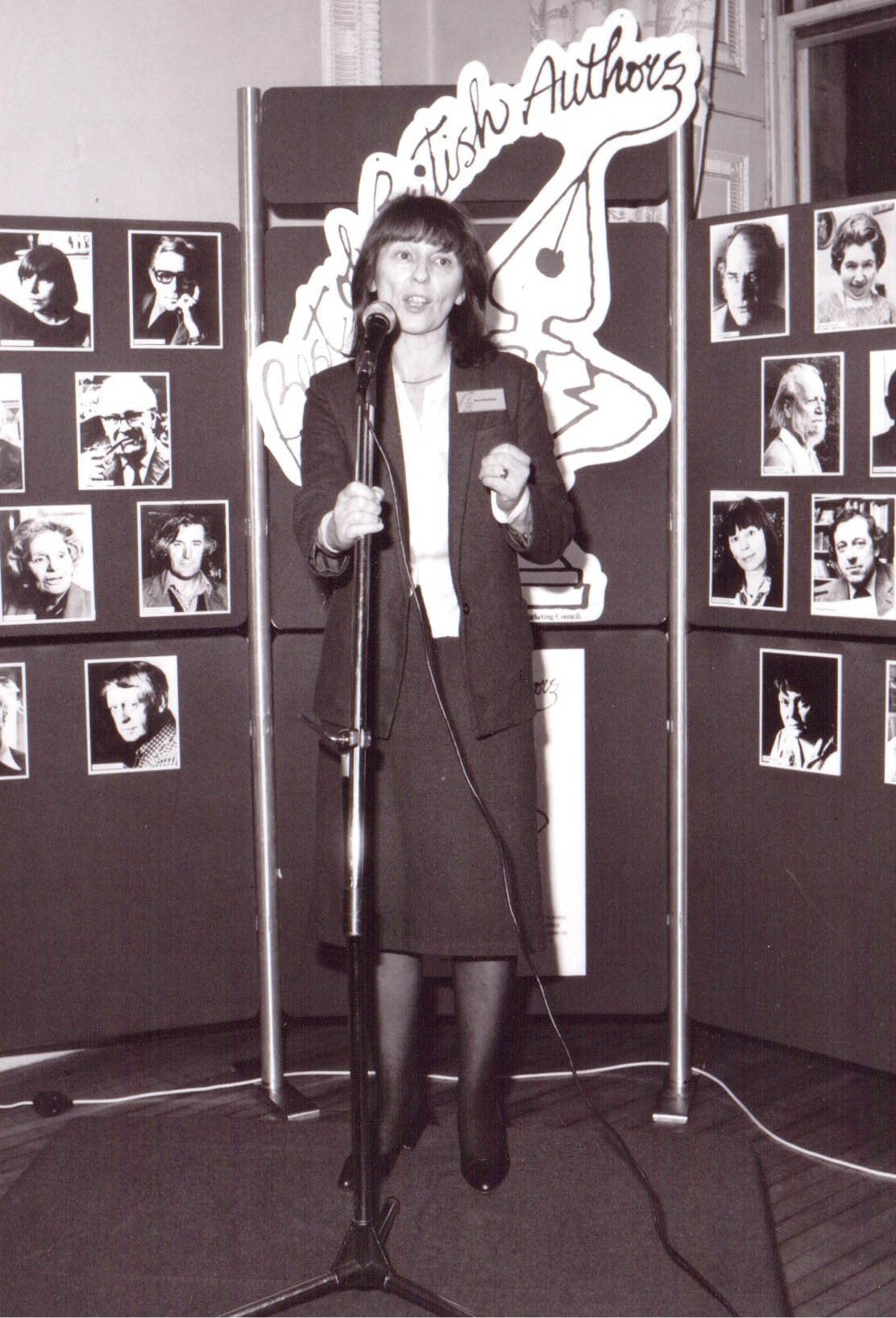
Bainbridge speaking at a literary event in the early 1980s.
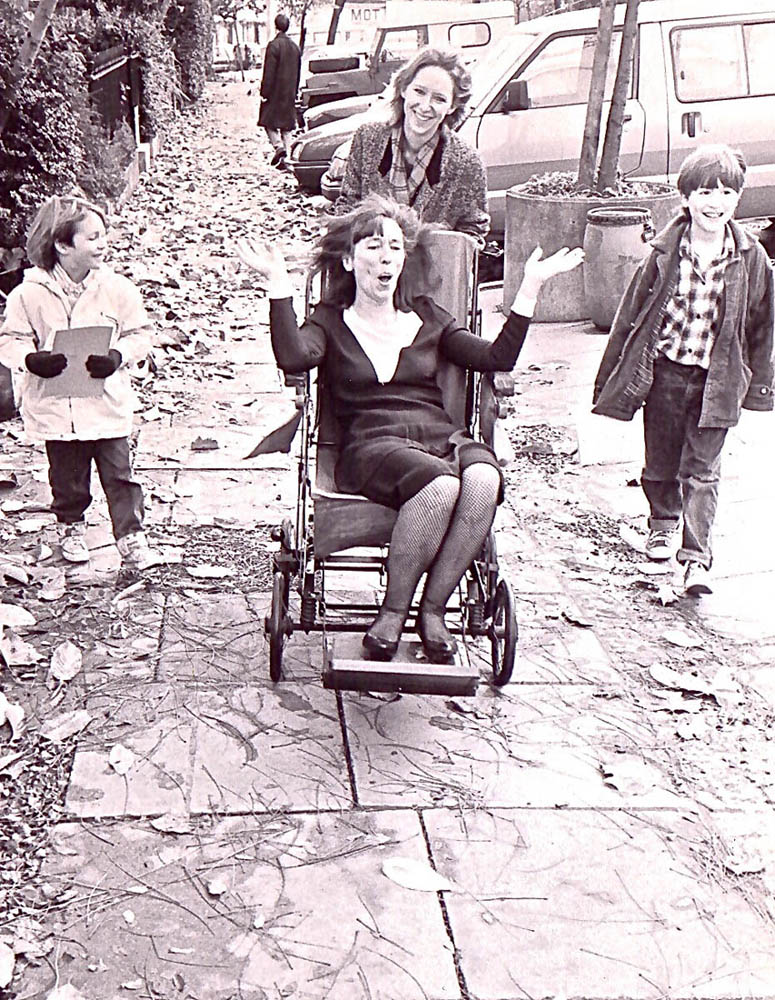
Bainbridge in a bath chair while spending time with her daughter and grandchildren outside her home in NW1, circa 1988.
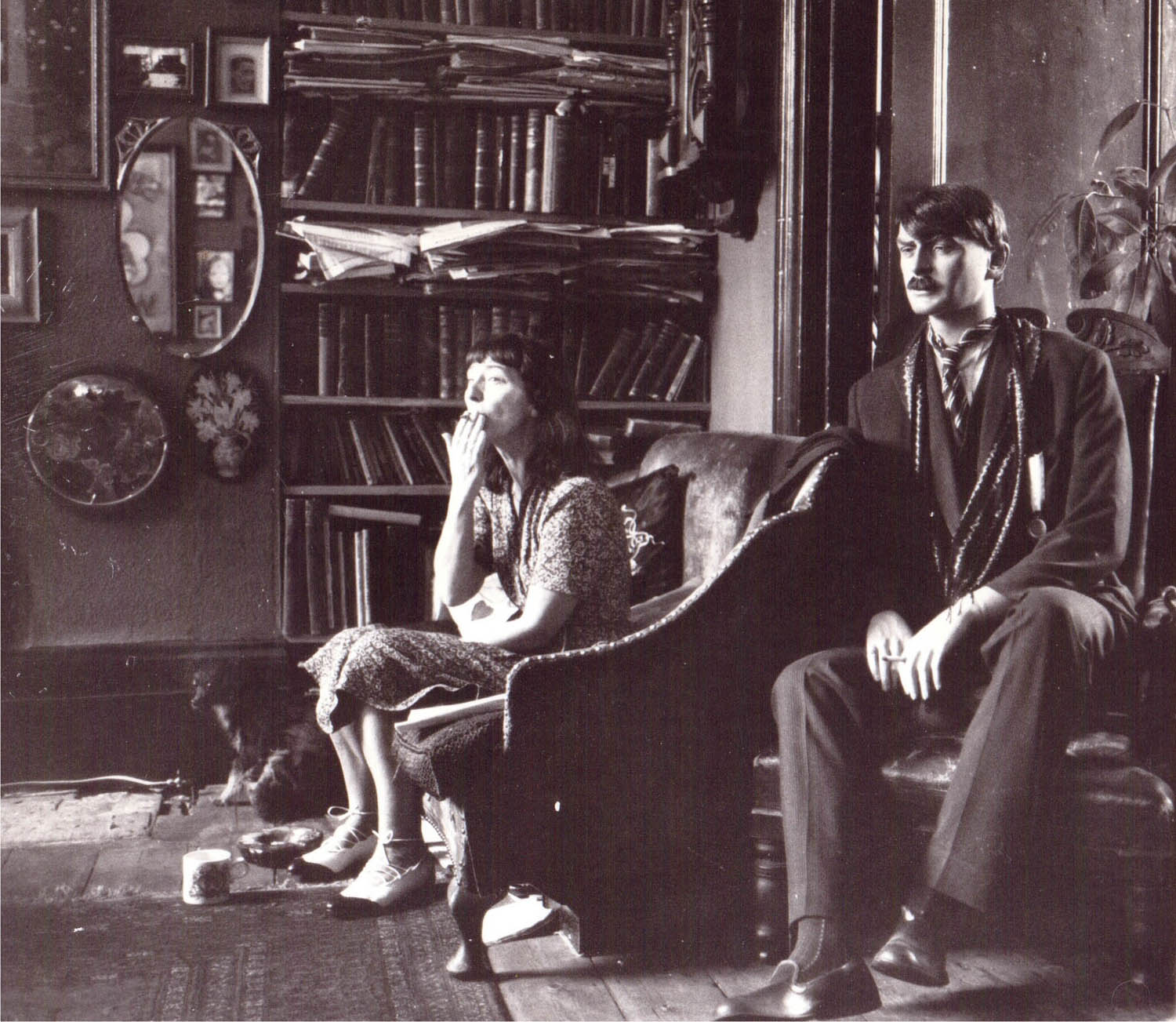
Bainbridge in her home in NW1, smoking next to a mannequin of Neville Chamberlain, circa 1992.
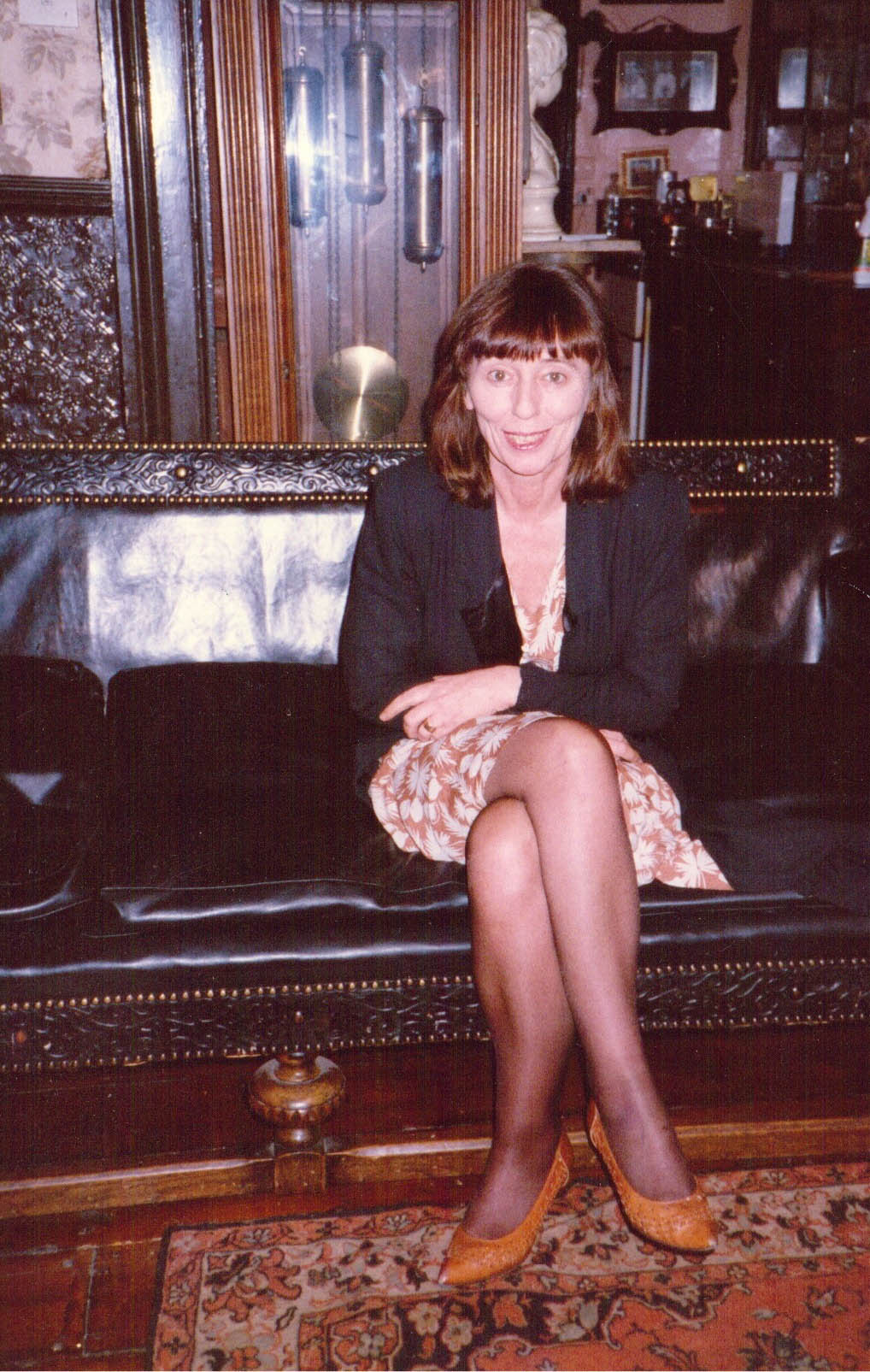
Bainbridge in her home at NW1, circa 1992.
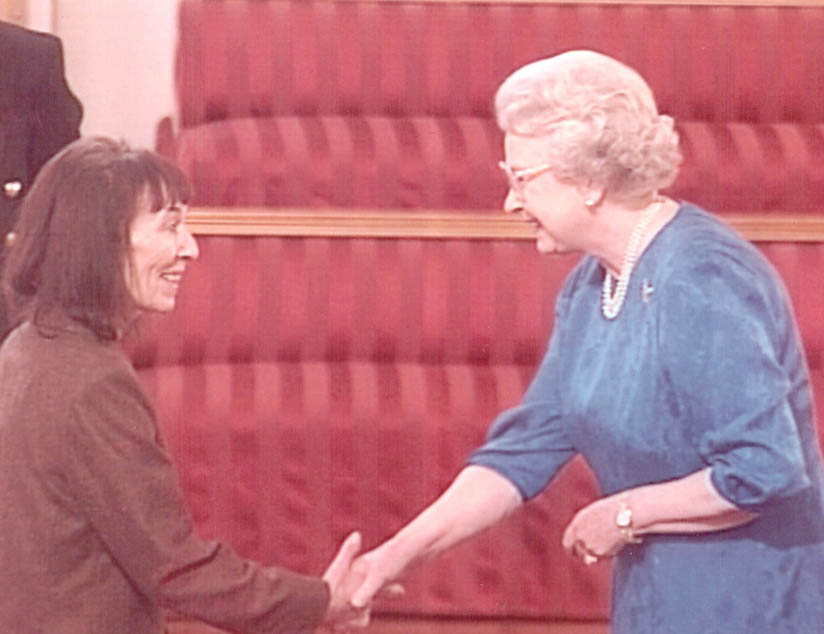
Bainbridge with Queen Elizabeth II at Buckingham Palace, where Bainbridge was damed, in 2001.